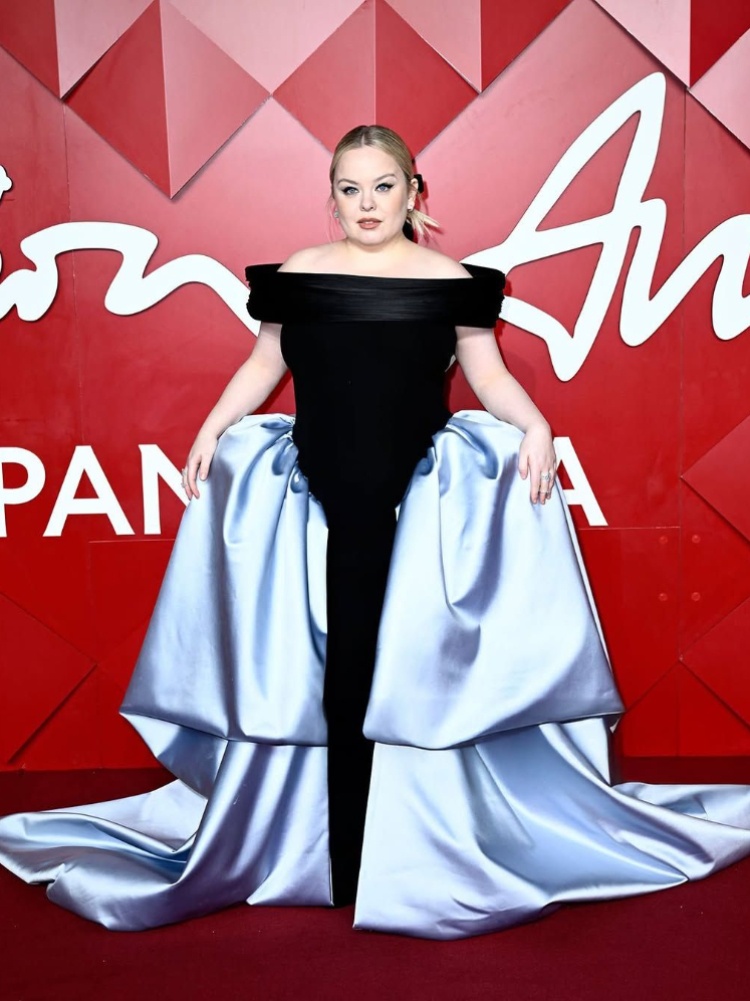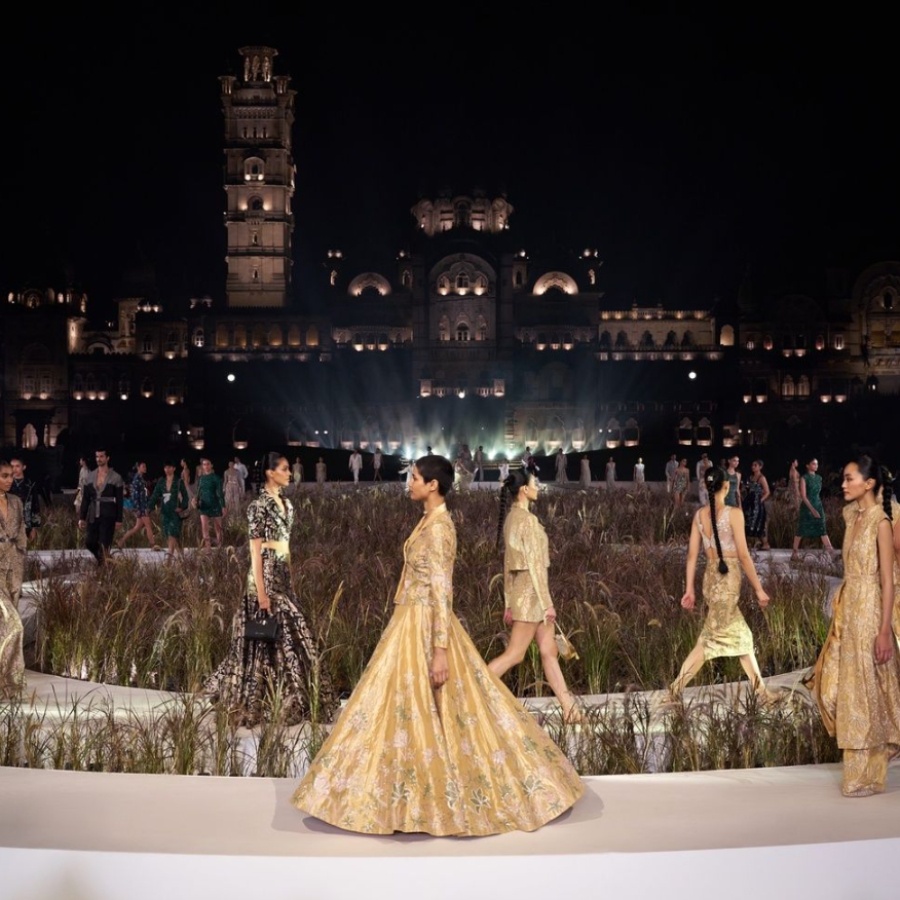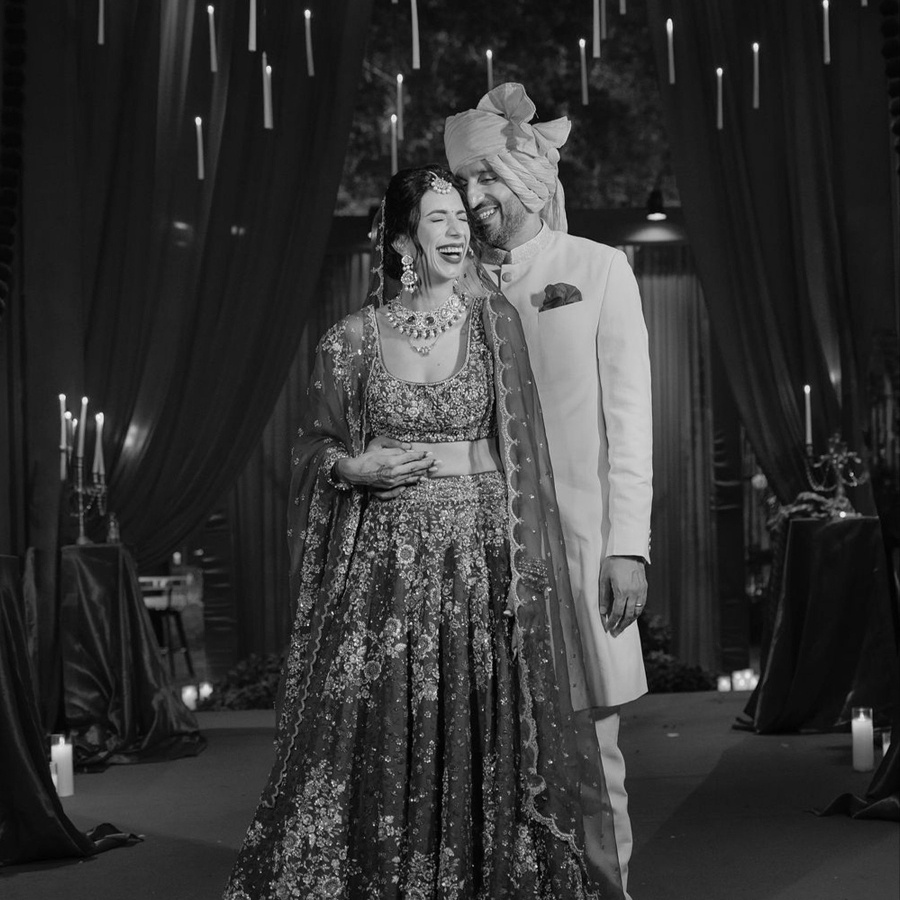What’s in a name?
Couture remains a somewhat nebulous term in India. It has yet to be strictly defined by criteria such as those that govern the French Chambre Syndicale de la Haute Couture membership. Those qualifications specify that members must design made-to-order clothes involving several fittings for private clients, and maintain an atelier with a minimum of 15 full-time staff, and 20 full-time technical workers in one of their workshops.
Within India, the term itself can be a flashpoint for debate, with some arguing it’s an imported, “borrowed” term. Many emphasise that India has its own traditions of couture-like craft practice and patronage stretching back to the 16th-century karkhanas, gifting traditions like khil’at (robes of honour), or the weaving of muslin garments so gossamer-fine they could be worn only once. Those workshops were characterised by anonymous creators under the patronage of a royal court. Modern Indian couturiers work in the more recent tradition of 20th-century couture, in which a single creative mind orchestrates creative teams and artisans in the service of a cohesive brand universe.
But the idea of couture being a foreign French concept anyway belies how increasingly fluid the term is when Indian artisans create embroideries for fabled houses including Dior, Chanel, and Hermès. Designers including Gaurav Gupta, Rahul Mishra, and Vaishali S are all now regular guests on the prestigious Paris couture schedule, further blurring the old distinctions. Pascal Morand, executive president of the Fédération Française de la Couture reflects, “Drawing on their heritage allows these designers to further open the frontiers of the creative field of Couture. This approach results in a deeper connection with clothing, as an expression of oneself and one’s roots.”
Who is couture for? Celebrities, muses and collectors
Rahul Mishra, who won the International Woolmark Prize in 2014, has established a firm place on Indian and Parisian ramps with exquisite, embroidered creations that evoke a deep nostalgia for the village landscapes of his rural childhood. Mishra reveals that while around 40 per cent of business comes from bridal wear, “We also receive couture orders for smaller milestones such as seasonal get-togethers, family brunches, festive dinners, birthdays, parties, and more.” His atelier creates pieces that are “versatile and timeless, such that they can be worn for multiple occasions”. Think tailored couture jackets, embroidered coats, cocktail dresses, gowns, and pantsuits.
Mishra also interjects his collections with spectacular shapes that extend the body in the same way that the great couturiers of the 20th century, including Cristobal Balenciaga and Charles James, played with human proportions in grand gestures of fabric and construction. Mishra notes, “There’s a niche segment of women here who want to collect these special structural and ‘less practical’ pieces from our Paris couture for their appreciation towards its craft and uniqueness.”
Extending the possibilities
Beyond ideas and rules around technical execution, the exhaustive number of hours it may take to embroider a single piece, the traditions of flou and tailleur, couture is about new visions of the relationship between materiality, the body, and space. As Bloni’s creative director, Akshat Bansal, says of designing Poonawalla’s carapace, which blended 3D modelling and traditional hand-hammering techniques by artisans from Muradabad, “[it]…revises the essentialist notions of a garment vis-a-vis the human body to build into new disruptions and emotions.” What’s key for Bloni is couture as a limitless field of experimentation, with the potential to explore “…design diversity through gender agnosticism and future thinking, spanning proprietary techniques, craft explorations, biomaterials, and archival textiles.”
Radical approaches to garment conceptualisation and execution also anchor Gupta’s work. He reflects, “I tend to have a boundless design philosophy, stemming from a vision of not adhering to any patterns or methods. A fascination with the versatile drape of a sari inspired me, leading to the development of sculptural techniques akin to boning.” Given that so much of traditional Indian dress revolves around drapery, it makes sense that radical approaches would extend the possibilities of this native practice.
A fascination with the versatile drape of a sari inspired me, leading to the development of sculptural techniques akin to boning.
Indeed, Vaishali S prods the boundaries of Indian couture by rethinking approaches to both the sari and ornamentation, while introducing handloom from weaving centres like Maheshwar in Madhya Pradesh. Her pieces look like Gandharan sculptures (with their scintillating fusion of Hellenistic and Buddhist styles) draped using an innovative cording technique she developed “into intricate and emotional textures beyond normal embroidery” to extend the possibilities of handloom in constructed garments. She also emphasises “an easiness of wearing”, in a way that extends couture beyond occasion wear. “Almost all my outfits are made of three to four separate parts; each one easily wearable alone, matched with easier garments. A cape, one of my best-sold items, can be worn with a rich gown at a wedding, as well as with a pair of elegant trousers for dinner or business, or with a pair of jeans! The matching gown can easily go alone with a white cotton shirt.”
Designers like Amit Aggarwal also extend the vocabulary of ornamenting through innovative approaches to construction and embellishment. Fascinated by what he describes as the “engineering of organics”, his creations are structured using upcycled polymer strips and other scrap from factories in Delhi’s industrial zones. The results evoke the caress of mist moving over water, ocean creatures in the shadows and depths, and orchid shapes in luscious undulations of movement.
Sobhita Dhulipala in a sculptural micro-pleated gown by Amit Aggarwal for the premiere of ‘Monkey Man’ in Austin, Texas
New materials and meditations on nature provide a departure point, as do traditional techniques. Key for Gupta is to “blend traditional embroidery techniques like badla, mukaish, and zardozi with a contemporary aesthetic.” He adds, “In relating my work to French couture techniques and traditions, I find affinities in the dedication to artisanal craftsmanship and meticulous techniques.”
Morand adds, “Alongside their creative engagement, these creators are also helping to boost the booming Indian economy. They position India as a major creative force on the global stage, while inspiring a new generation of creators to explore the intersection of craftsmanship and innovation.”








